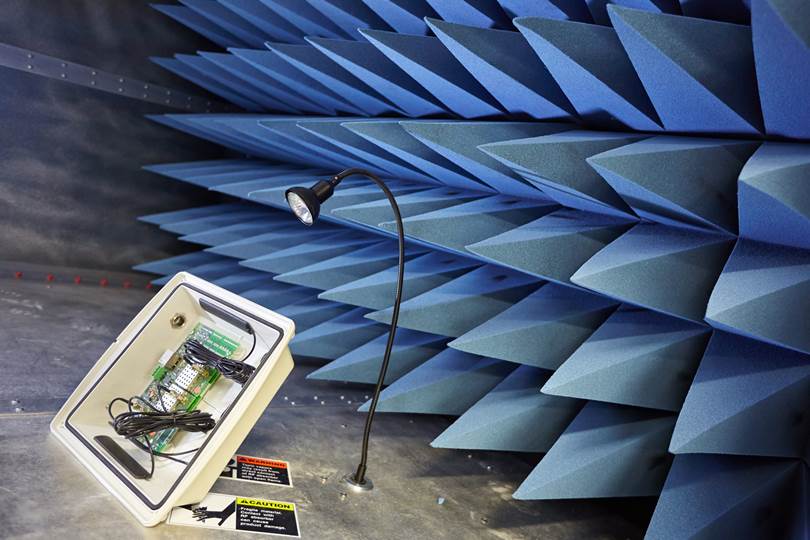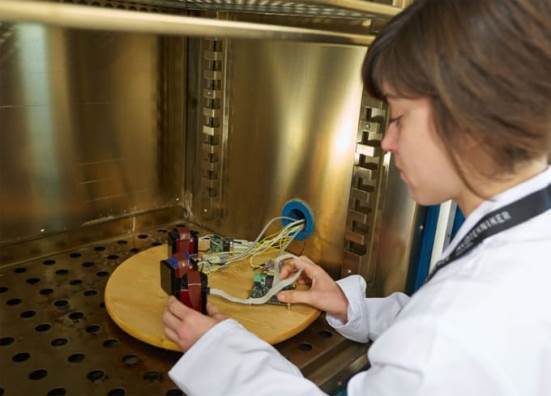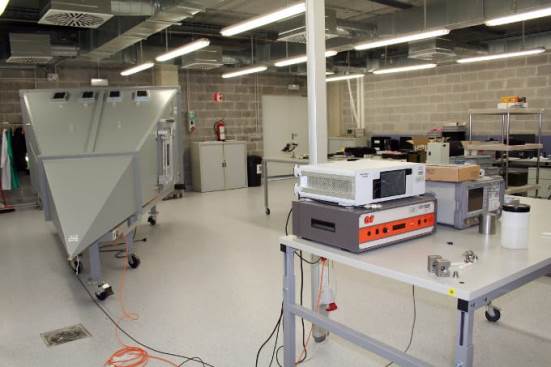Sensor networks

Wireless sensor networks are autonomous devices which work collaboratively in order to gather information about the surroundings or a specific environment. Each element of the network is relatively cheap and normally communicates by wireless technology, providing a system that is flexible and easy to install in large quantities.
The Wireless Sensor Networks (WSN) are made up of autonomous devices, distributed throughout an area of interest and the goal of which is to monitor physical or environmental parameters such as temperature, sound, vibrations, pressure, movement or contaminant agents. It is deemed to be one of the key technologies for implementing the Internet of Things (IoT).
The devices work collaboratively in order to gather data and send it to a central collection centre, choosing the optimum communications route (device to device) through the network until reaching its destination. The networks of sensors are usually bidirectional, thus enabling the devices, sending commands or acting on the environment. In this latter case, it is known as WSAN (Wireless Sensors and Actuator Networks).
One of the most interesting characteristics of the Sensor Networks is its low consumption given that it provides devices that are autonomous (typically between 5 and 10 years). This enables the sensors to be deployed at poorly accessible locations or even to be integrated within the structures. If, moreover, we add energy harvesting technologies, the range for the device could be infinite.
However, one of the greatest barriers to the networks of sensors is that they are difficult to deploy and manage. At TEKNIKER, we have defined the Plug&Play&Forget philosophy that has enabled the management of sensor networks by non-expert users.








